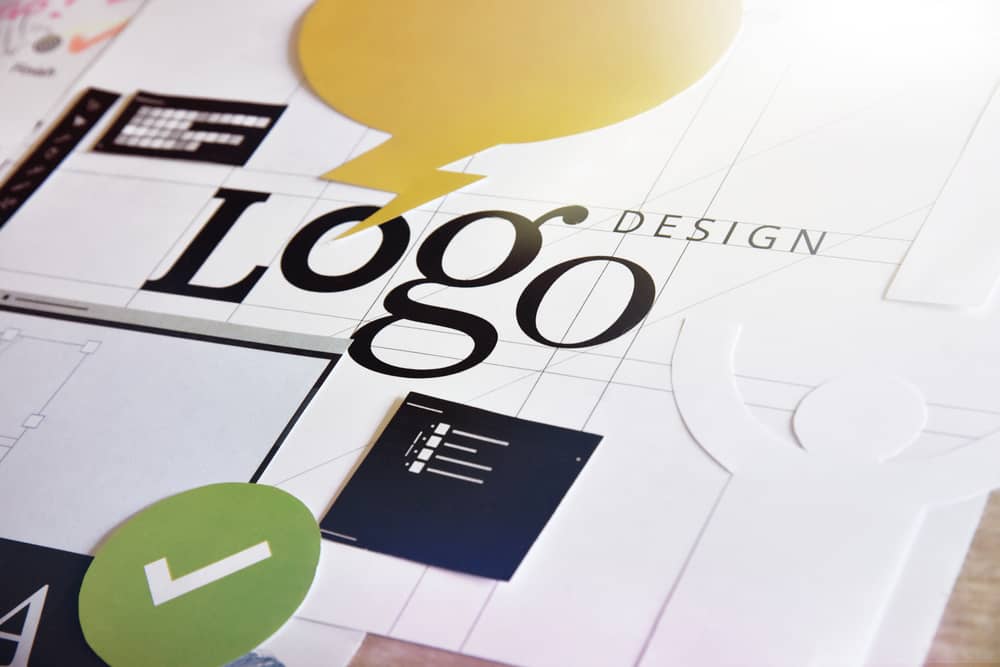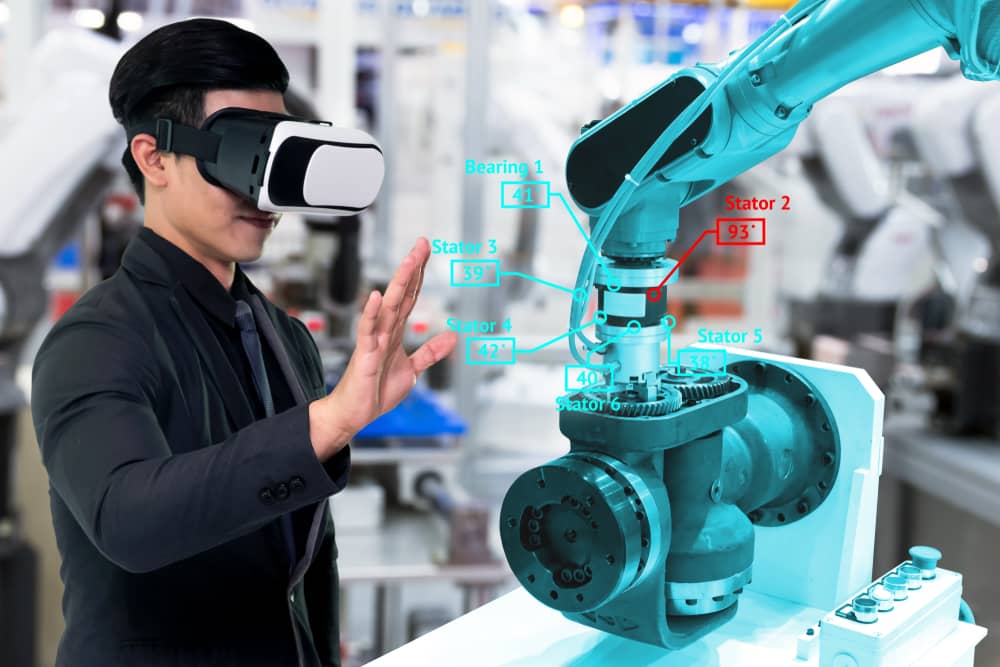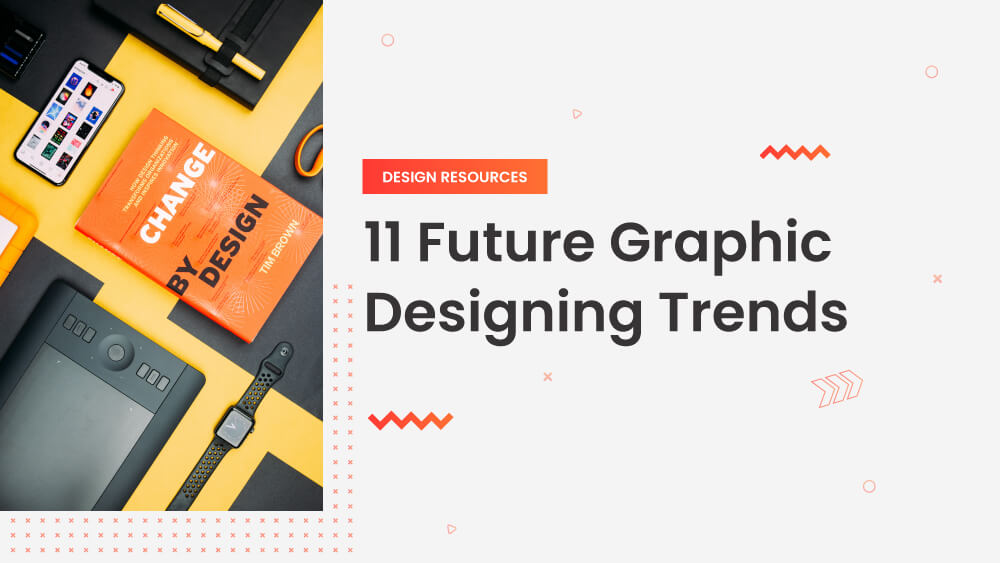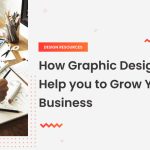“Design is thinking visual made” – Saul bass
Graphic designing is a different engrossing world which faces broader technological changes over the years. The art of graphic design can be traced back to the beginning of human life.
In the year 1900, posters became a form of artistic expression. The term “graphic design” was introduced in 1922. Graphic designers grew more popular in the 1980s. In the realm of graphic design, various trends have emerged and disappeared since then.
Analyzing the change in graphic culture, let’s look back at 2012, we’ll see trends like large background images, expressionist handwriting, object fonts, as well as excessively simple branding and packaging.
While to recapitulate, the design trend in 2016 was Flat 2.0, Bold, Playful Typography, whimsical drawings, New Retro, Motion, and Minimalist Logotypes. In 4 years the changes in graphic design trends were significant.
Meanwhile, the market size of this industry has increased by an average of 2.5% each year from 2015 to 2020. Until 2028, the graphic design profession is anticipated to thrive at a rate of 3% per year.
Let's take a look at the forecasted future trends in graphic design one by one


Logo Trends
Book covers determine how well a book is going to sell. Likewise, logos determine the fate of a brand. Unlike the vibrant and colorful logos of 2021-2022, the future trend appears to be straightforward.
Logos will most likely be simple and textless in the future. Concepts and ideas are given aesthetic expression. The logo design will be simplified, with no usage of text. Brands had already begun to simplify their logos.
Flat Design
The future will give rise to a design that is less bulky and aggressive. The 2D design will reappear in fashion. A two-dimensional design will be used, with a smooth and improved user experience.
Posters, flyers, and banners will be 2D with no text elements instead of gradients and shadows. The visual element will be completely eliminated in the ethereal design.
Designs with Vintage Influences
The vintage design appears to be making a comeback in the near future. There will be a design fusion that combines old vintage design with contemporary aesthetics. This combination of elegance and retro will be a prominent trend in the future.
Image Blocking
According to google 65% of information is remembered presented in visual form while 10% in form of text. Pinterest has proven that words are useless, even unwanted for a worldwide society that does not share a language, since the image-sharing website Pinterest blossomed this year.
Rather, photographs, hyperlinks, and possibly emoticons are all that are required to get the world talking. People are more engaged in visual communication than in superfluous words.
A Brand's Identity Color Trends
Colors appeared to be sold to brands in the future. Since T-mobiles purchased magenta, other brands are unable to use it. Coca-Cola is likely to purchase red and Pepsi blue as brand colors in the future. As a brand identity, brands will own their own color. However, some creative commons may continue to be used by everyone
The Responsiveness of Designs
Future designs appear to be influenced by user mood, and responsiveness will be determined by the personality and emotional state of the user. The user’s emotional situation will be taken into account, and the layout will adapt to the user’s mood. For example: Is the user in a mood of restlessness? Use the cool blue background to soothe him.
Typeface Diversity (A coexistence of contrasting typefaces)
The user will have access to a vast choice of typefaces as the typography identity. They will use a combination of bold but contrasting typefaces in the future to grab the viewer’s attention. Appears every word on every page will have a different typeface, which will coexist in ragged harmony.
Minimalist designs will dominate movie posters
Movie posters will acquire minimalism. The minimalist design of the movie posters will be so basic that they might just be a single hue of blue-grey. It’s possible that there will be CGI filled minimalist aesthetic that reduces a storyline to a single distinctive element and leaves it at that.
The GIF will rule supreme
With the rise in visual communication, .gifs have become a significant part of visual culture. Animations often appeal to people more than static images. The use of .gifs appears to be increasing in the future.
Stock photography
Stock photography is already popular and will soon overtake all other types of photography. Whatever picture you imagine up in your head, there’s a good chance it’ll already exist as a flawless representation in the best lighting, effects, and animation available on the web.
There is a plethora of stock photographs available. In truth, that is a gross exaggeration. There will be no need for photographers on the scene because stock photographers will have created every humanly imaginable natural circumstance, and the exclusive rights can be yours for a reasonable expense.
AR/VR technology
Eventually, augmented reality and 3D printing will be fused. Augmented reality/virtual reality designers have complete authority to design their experiences.
These technologies will enable designers to build an audience and work on real-world components for an immersive experience with no restrictions.
People are enticed by augmented and virtual reality to indulge themselves in virtual experiences for a myriad of purposes.
These were some significant forecasts. Other predictions include increased use of animations, image-based commercials, and 3D marketing via augmented reality etc.
Final Thoughts
Graphic designing is a form of art with a purpose to solve a problem or achieve certain objectives. In the growing world of designing, Brands like Nike are using animations, 3D modelling and creative surrealism.
Well, trends change over the years. However, the fundamentals of designing will never change. Graphic designing is an art of communication. Graphic design trends may come and go, but people’s interactions with works of art will remain consistent.
Do what you like, whether you’re working in 3D or 2D. Just don’t believe the industry is moving in this direction, and I am not following suit. Do what you like. Don’t believe there isn’t a market for you.
You can however create your own market. Do not try a new skill at which you are incompetent only to stay current with the trend. Nevertheless, as a backup, you can grasp trending methodologies. The trend is a recurring cycle. Every now and then, old trends reemerge.

